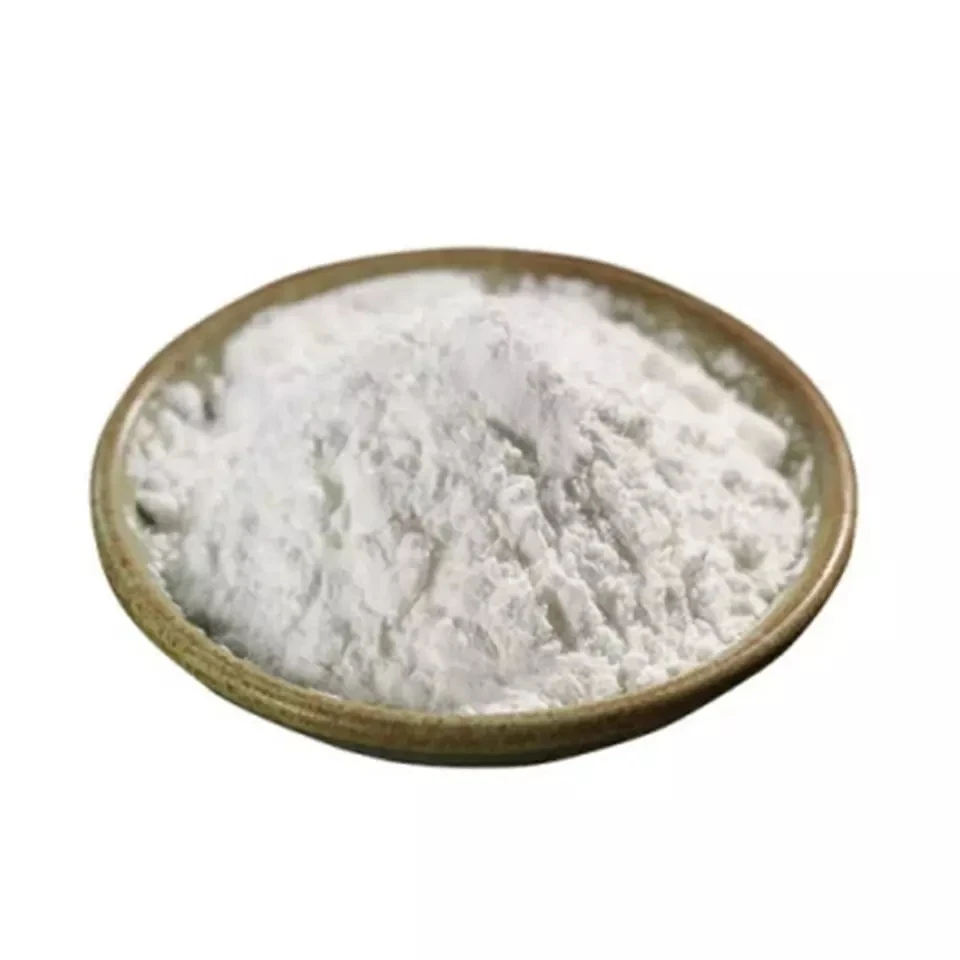Warning: Undefined array key "title" in /home/www/wwwroot/HTML/www.exportstart.com/wp-content/themes/1198/header.php on line 6
Warning: Undefined array key "file" in /home/www/wwwroot/HTML/www.exportstart.com/wp-content/themes/1198/header.php on line 7
Warning: Undefined array key "title" in /home/www/wwwroot/HTML/www.exportstart.com/wp-content/themes/1198/header.php on line 7
Warning: Undefined array key "title" in /home/www/wwwroot/HTML/www.exportstart.com/wp-content/themes/1198/header.php on line 7
- Afrikaans
- Albanian
- Amharic
- Arabic
- Armenian
- Azerbaijani
- Basque
- Belarusian
- Bengali
- Bosnian
- Bulgarian
- Catalan
- Cebuano
- China
- China (Taiwan)
- Corsican
- Croatian
- Czech
- Danish
- Dutch
- English
- Esperanto
- Estonian
- Finnish
- French
- Frisian
- Galician
- Georgian
- German
- Greek
- Gujarati
- Haitian Creole
- hausa
- hawaiian
- Hebrew
- Hindi
- Miao
- Hungarian
- Icelandic
- igbo
- Indonesian
- irish
- Italian
- Japanese
- Javanese
- Kannada
- kazakh
- Khmer
- Rwandese
- Korean
- Kurdish
- Kyrgyz
- Lao
- Latin
- Latvian
- Lithuanian
- Luxembourgish
- Macedonian
- Malgashi
- Malay
- Malayalam
- Maltese
- Maori
- Marathi
- Mongolian
- Myanmar
- Nepali
- Norwegian
- Norwegian
- Occitan
- Pashto
- Persian
- Polish
- Portuguese
- Punjabi
- Romanian
- Russian
- Samoan
- Scottish Gaelic
- Serbian
- Sesotho
- Shona
- Sindhi
- Sinhala
- Slovak
- Slovenian
- Somali
- Spanish
- Sundanese
- Swahili
- Swedish
- Tagalog
- Tajik
- Tamil
- Tatar
- Telugu
- Thai
- Turkish
- Turkmen
- Ukrainian
- Urdu
- Uighur
- Uzbek
- Vietnamese
- Welsh
- Bantu
- Yiddish
- Yoruba
- Zulu
Dec . 05, 2024 23:01 Back to list
saccharin
The Sweet Journey of Saccharin A Caloric-Free Solution
Saccharin, a compound known for its intense sweetness, has a storied history that intertwines with scientific discovery, health debates, and culinary applications. As one of the oldest artificial sweeteners, saccharin has carved its niche in the dietary practices of many individuals seeking to reduce caloric intake without compromising on sweetness.
Historical Background
The journey of saccharin began in 1878 when a chemist named Constantine Fahlberg accidentally discovered its sweetness while working on coal tar derivatives at Johns Hopkins University. It wasn’t long before the substance was being utilized in various food products. Saccharin has a sweetness estimated to be 300 to 500 times that of table sugar (sucrose), making it a highly effective sweetening agent. Its use became widespread as it provided a solution to the sugar shortages experienced during World War I and II.
Chemical Composition and Properties
Chemically, saccharin, or o-sulfobenzoic acid imide, is classified as a sulfonamide. Unlike sugar, saccharin contains no calories, which makes it an attractive option for individuals on weight loss diets or those managing diabetes. One of the most remarkable properties of saccharin is its stability under heat and various pH levels, allowing it to be used in cooking and baking without losing its sweetness.
Applications and Popularity
saccharin

In addition to its use in food products, saccharin has found its way into various industries, including the pharmaceutical sector, where it is used to mask the bitter taste of certain medications. Though saccharin was once the leading artificial sweetener in the U.S., its popularity has been challenged by newer sweeteners, like aspartame and sucralose, which offer a more sugar-like taste profile.
Despite this, saccharin maintains a loyal following, especially among those who prefer its unique flavor and its long-standing history. It is commonly found in diet sodas, sugar-free gum, and a variety of processed foods. Additionally, saccharin is sold as a tabletop sweetener, allowing consumers to sweeten their beverages without the additional calories.
Health Debates and Regulatory Measures
The use of saccharin has not been without controversy. In the 1970s, studies showed that high doses of saccharin could lead to bladder cancer in laboratory rats, leading to the temporary ban of the sweetener in the United States. However, subsequent research indicated that the results were not applicable to humans, and in 2000, the U.S. National Toxicology Program removed saccharin from its list of potential carcinogens. Today, saccharin is recognized as safe for consumption by various health organizations, including the U.S. Food and Drug Administration (FDA) and the World Health Organization (WHO).
The Future of Saccharin
As society becomes increasingly health-conscious and aware of sugar’s detrimental effects on the body, artificial sweeteners like saccharin will likely continue to play a significant role in dietary management. The demand for low-calorie and no-calorie sweeteners is expected to rise, and saccharin, with its decades of history and established usage, will likely remain a part of this evolving landscape.
In conclusion, saccharin’s journey from a laboratory accident to a staple in the diet of many individuals illustrates the complexities of human consumption, health concerns, and the quest for sweetness without caloric consequences. While evolving dietary trends may lead to new innovations in sweeteners, the legacy of saccharin remains a testament to the ongoing relationship between food science and human taste preferences. Whether it’s enjoyed in a cold diet soda or sprinkled on a bowl of oatmeal, saccharin will undoubtedly continue to sweeten lives while sparking discussion about health and nutrition for years to come.
Latest news
-
Certifications for Vegetarian and Xanthan Gum Vegetarian
NewsJun.17,2025
-
Sustainability Trends Reshaping the SLES N70 Market
NewsJun.17,2025
-
Propylene Glycol Use in Vaccines: Balancing Function and Perception
NewsJun.17,2025
-
Petroleum Jelly in Skincare: Balancing Benefits and Backlash
NewsJun.17,2025
-
Energy Price Volatility and Ripple Effect on Caprolactam Markets
NewsJun.17,2025
-
Spectroscopic Techniques for Adipic Acid Molecular Weight
NewsJun.17,2025

